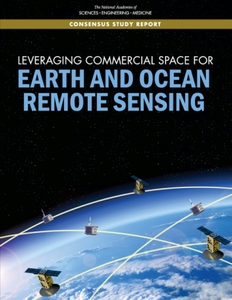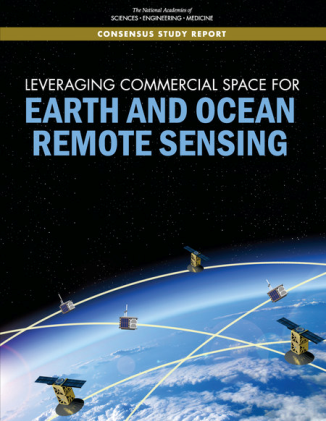Leveraging Commercial Space for Earth and Ocean Remote Sensing
by National Academies of Sciences, Engineering, and Medicine
English | 2022 | ISBN: 030928693X | 95 Pages | True PDF | 3.48 MB
by National Academies of Sciences, Engineering, and Medicine
English | 2022 | ISBN: 030928693X | 95 Pages | True PDF | 3.48 MB
Within the past decade an ever-growing number of New Space organizations have emerged that are unencumbered by legacy practices and constraints. By reimagining, creating, and continuously improving SmallSat space technology a new and growing space ecosystem is now in place that is capable of serving a broad stakeholder community of both traditional users and new or nontraditional users.
Current commercial practices are expanding with capabilities including technology and business-driven applications that open the door to a broad and vibrant ecosystem offering a wide range of solutions capable of supporting a growing range of stakeholders. In parallel to traditional approaches, space infrastructure related to manufacturing, such as customized spacecraft buses, instruments, and sensors - including high-resolution imaging and radar systems rivaling the performance of traditional systems - are emerging in both growing volume and with constantly improving capability. On the operational commercial ground stations are now routinely available, as are data management and analytics including cloud computing for data access and archiving. Thus, if properly encouraged and nourished, a broadly capable ecosystem can emerge including new business opportunities for data fusion, analysis, and databuys, as well as ground/space communications that can equally benefit both traditional and nontraditional user communities.
Leveraging Commercial Space for Earth and Ocean Remote Sensing assesses the feasibility and implications of creating and exploiting partnerships for developing, deploying, and operating a system of satellites and supporting infrastructure capable of sensing ocean, coastal, atmospheric, and hydrologic data of sufficient scientific quality to enable prediction models and to support near real time applications of national interest. This report identifies and describes promising options for such a system.



